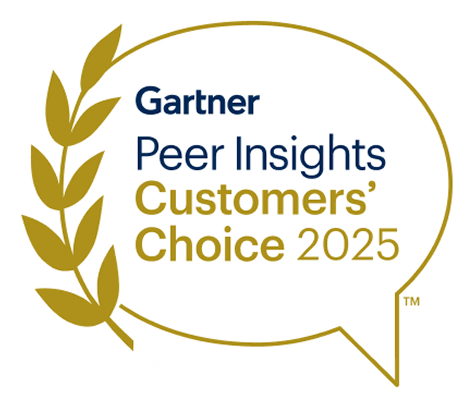Why It’s Time to Adopt a Data Centric Approach to Security
Here’s the typical response to a major data leak: There’s a breach at a large company. And the response from the security community is usually to invest more resources in preventing all possible data breaches. This might entail new DLP tools or infrastructure vulnerability management solutions.
But there’s something missing in this response.
The reason the breach was so catastrophic was because the data that leaked was valuable. It’s not the “network” that’s being leaked.
So that’s not where data centric security should start.
Here’s what the future of data breaches could look like: There’s a breach. But the breach doesn’t affect critical company or customer data because that data all has the proper security posture. There’s no press. And everyone goes home calmly at the end of the day.
This is going to be the future of most data breaches.
It’s just more attainable to secure specific data stores and files than it is to throw up defenses “around” the infrastructure. The truth this that most data stores do not contain sensitive information. So if we can just keep sensitive data in a small number of secured data stores, enterprises will be much more secure. Focusing on the data is a better way to prepare for a compromised environment.
Practical Steps for Achieving Data Centric Security
What does it take to make this a reality? Organizations need a way to find, classify, and remediate all data vulnerabilities. Here are the 5 steps to adopting a data centric security approach:
- Discover shadow data and build a data asset inventory.
You can’t protect what you don’t know you have. This is true of all organizations, but especially cloud first organizations. Cloud architectures make it easy to replicate or move data from one environment or another. It could be something as simple as a developer moving a data table to a staging environment, or a data analyst copying a file to use elsewhere. Regardless of how the shadow data is created, finding it needs to be priority number one.
- Classifying the most sensitive and critical data
Many organizations already use data tagging to classify their data. While this often works well for structured data like credit card numbers, it’s important to remember that ‘sensitive data’ includes unstructured data as well. This includes company secrets like source code and intellectual property which cause as much damage as customer data in the event of a breach.
- Prioritize data security according to business impact
The reason we’re investing time in finding and classifying all of this data is for the simple reason that some types of data matter more than others. We can’t afford to be data agnostic - we should be remediating vulnerabilities based on the severity of the data at risk, not the technical severity of the alert. Differentiating between the signal and the noise is critical for data security. Ignore the severity rating of the infrastructure vulnerabilities if there’s no sensitive data at risk.
- Continuously monitor data access and user activity, and make all employees accountable for their data – this is not only the security team’s problem.
Data is extremely valuable company property. When you give employees physical company property - like a laptop or even a car- they know they’re responsible for it. But when it comes to data, too many employees see themselves as mere users of the data. This attitude needs to change. Data isn’t the security team’s sole responsibility.
- Shrink the data attack surface - take action to reduce the organization’s data sprawl.
Beyond remediating according to business impact, organizations should reduce the number of sensitive data stores by removing sensitive data that don't need to have it. This can be via redaction, anonymization, encryption, etc. By limiting the number of sensitive data stores, security teams effectively shrink the attack surface by reducing the number of assets worth attacking in the first place.
The most important aspect is understanding that data travels and its security posture must travel with it. If a sensitive data asset has a strict security posture in one location in the public cloud, it must always maintain that posture. A Social Security number is always valuable to a threat actor. It doesn’t matter whether it leaks from a secured production environment or a forgotten data store that no one has accessed for two years. Only by appreciating this context will organizations be able to ensure that their sensitive data is always secured properly.
How Data Security Posture Management Helps
The biggest technological obstacles that had to be overcome to make data centric security possible were proper classification of unstructured data and prioritization based on business impact. Advances in Machine Learning have made highly accurate classification and prioritization possible, and created a new type of security solution: Data Security Posture Management (DSPM).
DSPM allows organizations to accurately find and classify their cloud data while offering remediation plans for severe vulnerabilities. By finally giving enterprises a full view of their cloud data, data centric security is finally able to offer a deeper, more effective layer of cloud security than ever before.
Want to see what data centric security looks like with Sentra’s DSPM? Request a demo here










.webp)

.webp)

